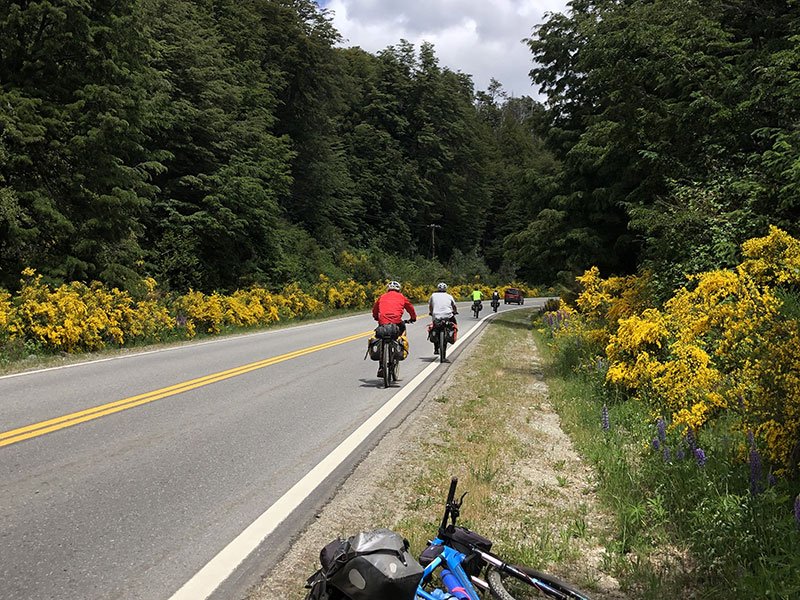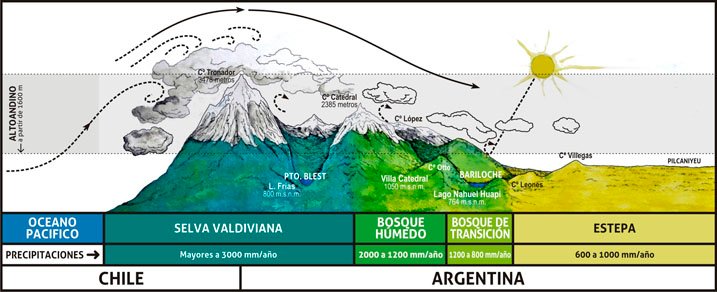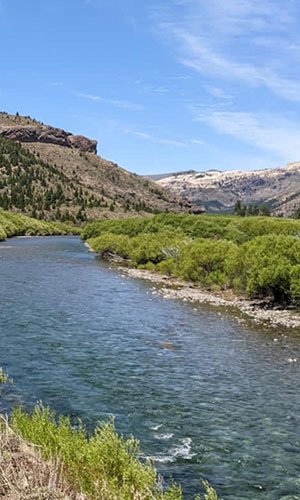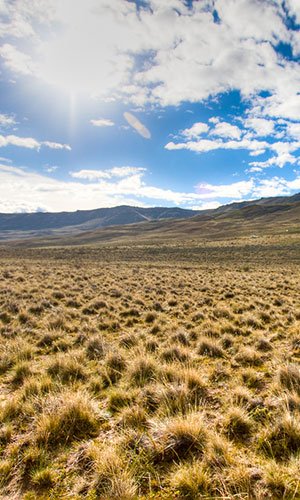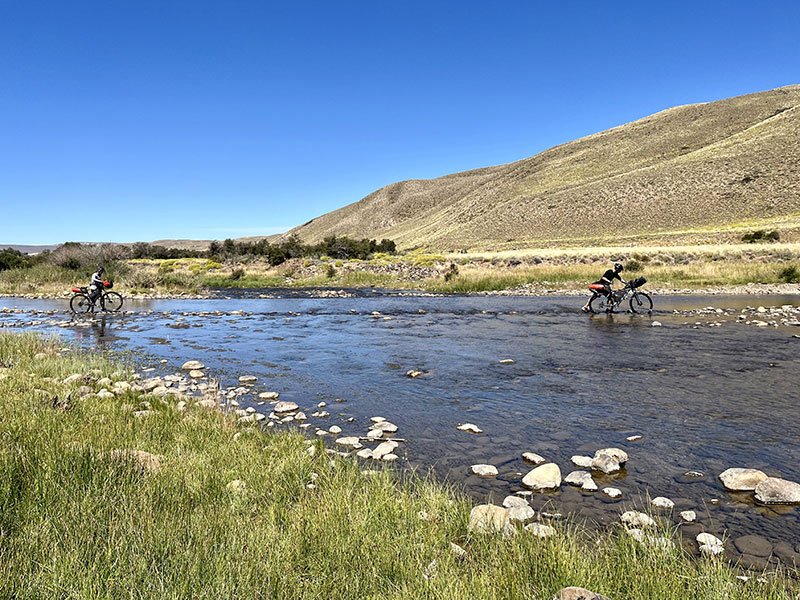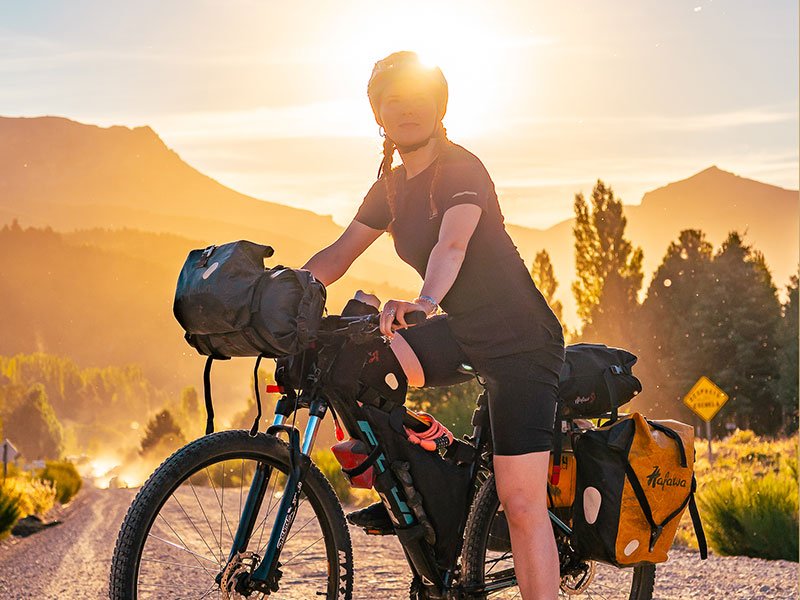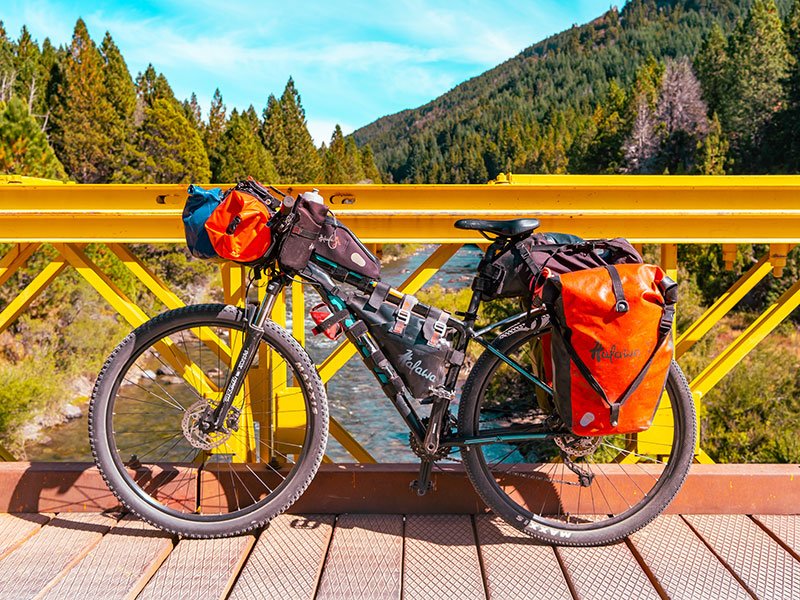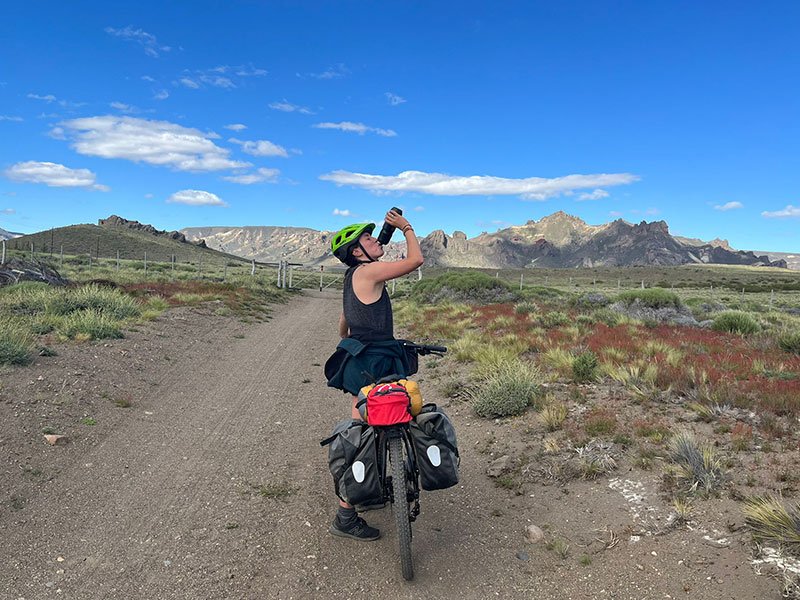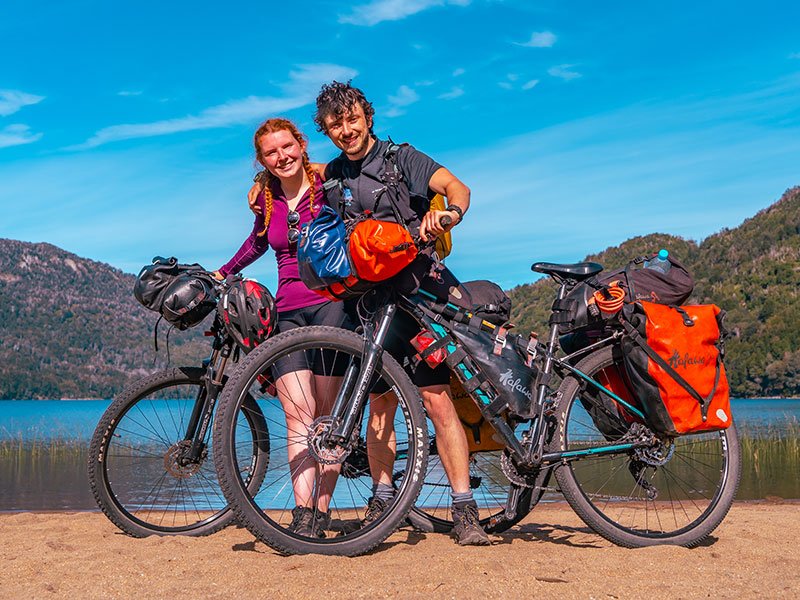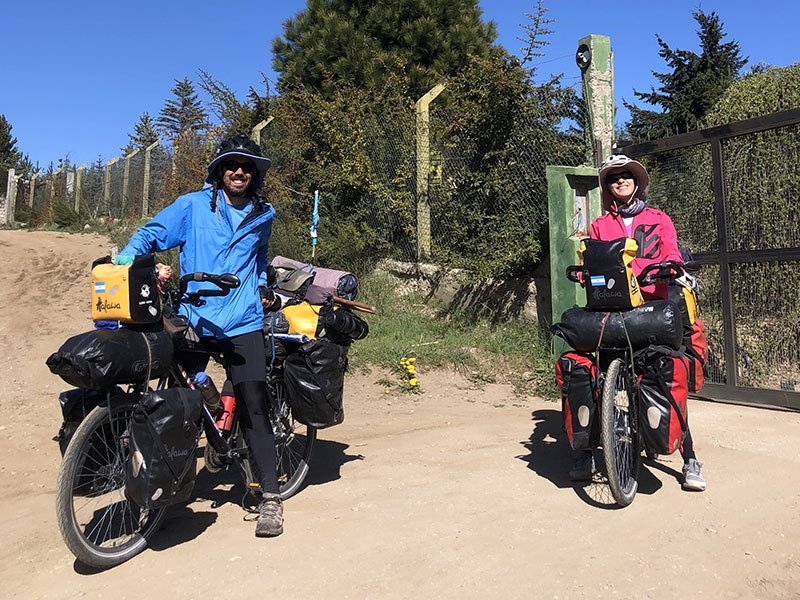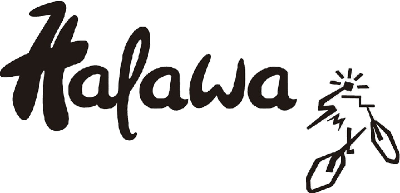You came to the right place! Take your time to read this section. Make yourself comfortable, get a coffee and clear up all your doubts before starting your cycling trip through Patagonia.
Patagonia is a geographical, historical and cultural region located in the southern tip of South America. Politically it includes territories in the extreme south of Argentina (Argentine Patagonia) and Chile (Chilean Patagonia). The Andes is the mountain range that divides Chilean Patagonia from Argentine Patagonia. This region has become one of the most attractive places in the world for outdoor sports and adventure journeys. Stunning natural wonders, friendly and helpful people, connectivity and delicious food are some of the reasons why thousands of travelers visit this natural paradise every year.
In this section, we tell you everything you need to know to succesfuly accomplish a bikepacking trip in Patagonia

















